Jamie Story, owner and designer of the brand JMONEY, grew up skateboarding in New York, before skateboarding was cool. "I skated professionally in the early ‘90s." he says, riding for among other brands, the notorious Supreme team. He appeared as a skater in the 1995 Larry Clark film, KIDS, which was a defining moment not just for skateboard culture, but also for youth culture, and a vanquished New York.
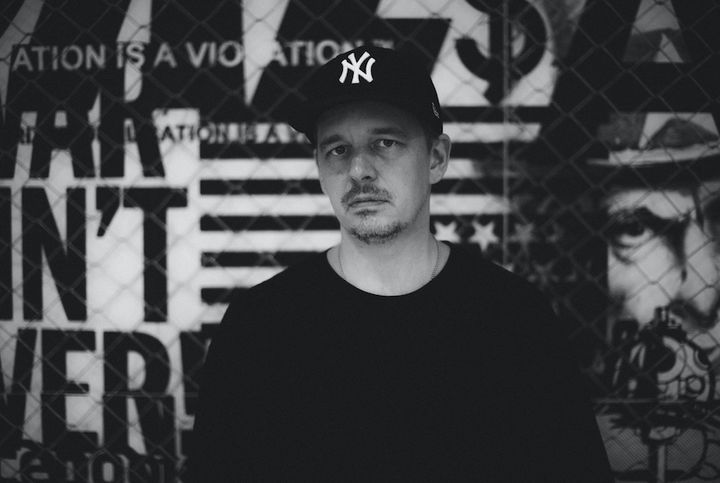
Jamie Story | © Kalil Justin
This month, JMONEY showcases Story’s latest collection in THEPOPUP™ at The Bowery Bond. Here’s what you need to know about this limited run event, as I catch up with the skater-turned-designer who waxes poetic on everything from resistance fashion to nostalgia for the old New York.
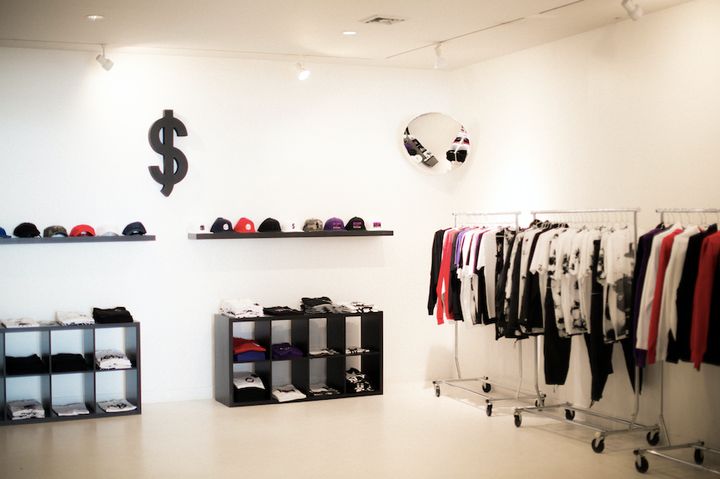
© Kalil Justin
JMONEY by Jamie Story offers exclusive and limited edition pieces that are cut, sewn and handmade in the U.S. At THEPOPUP™ at The Bowery Bond—a collective of artists, independent fashion and jewelry labels, and artisans—you can find everything from JMONEY’s basics to intricately marbled and dye splattered t-shirts and sweats.
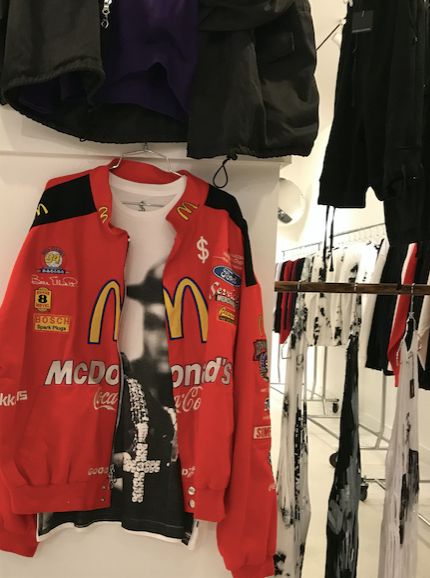
© Kalil Justin
Standout pieces include re-purposed military BDU’s and M-65 Jackets, as well as unofficial collaborative one-off’s with NASCAR and McDonald’s.
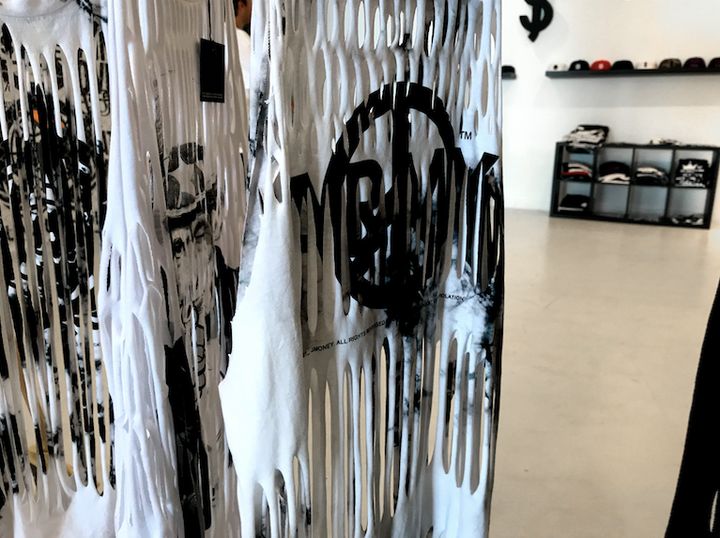
© Kalil Justin
Other exclusive items featured at THEPOPUP™ include suede zip wallets, unstructured strap-back hats, and a limited collaboration between JMONEY and designer, Eva Marie for Raphaela Kutiel, where simple t-shirts are reimagined as fashion tops. To accompany the collection, a wheat-pasted installation wall collage, imbibed with political undertones of anarchy and urban resistance surveils shoppers.
Jill Di Donato: How did you get into design?

© Kalil Justin
Jamie Story: I grew up skating, drawing, and creating. I learned how to use a computer to get my artwork ready to print. Then I began designing with skate and streetwear brands like SSUR and Supreme in the mid to late ‘90s. From there, I started doing some record covers including Big L's The Big Picture and Wu Tang Clan's The W, then I started working on projects like Vehicle Skateboards, The Cut with SSUR. My own brand, JMONEY was a natural evolution.
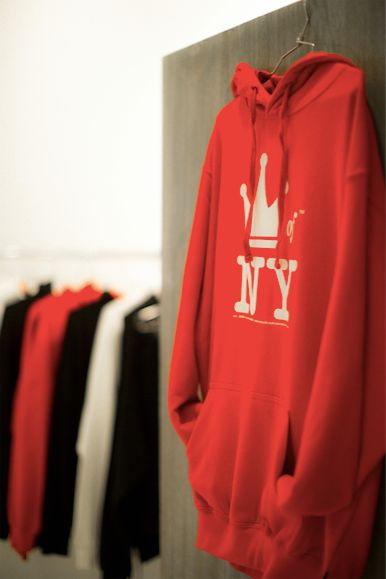
JMONEY King of NY | © Kalil Justin
JDD: How has the label changed throughout the years?
JS: JMONEY has always been a limited brand. We make a small amount of products and keeping the quality and message the most integral parts during the creative process. The brand has evolved over time through different development and production techniques. When JMONEY started it was putting graphics on t-Shirts, now we are weaving the fabric to create canvases for art. Overall the main objective is product and message.
JDD: Talk about your background, and coming-of-age in New York.
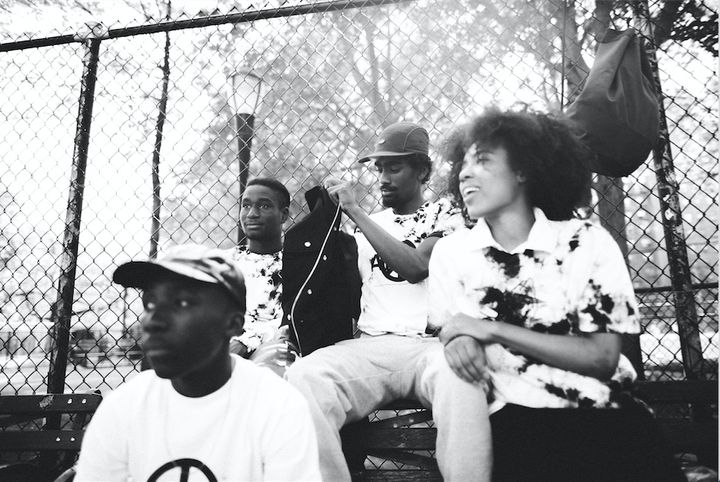
© Kalil Justin
JS: I grew up skateboarding and was heavily into drawing and music. I’m from New Jersey, [but me and my crew] were coming into the city to skate when we were 13 to meet up and skate the Brooklyn Banks, Astor Place, and the Lower East Side. I was pretty much always staying in Brooklyn and moved there early ‘90s. I was blessed to be learning and growing up with hip-hop, skateboarding and street art, which were my main influences. All of these went hand in hand with our lifestyle.
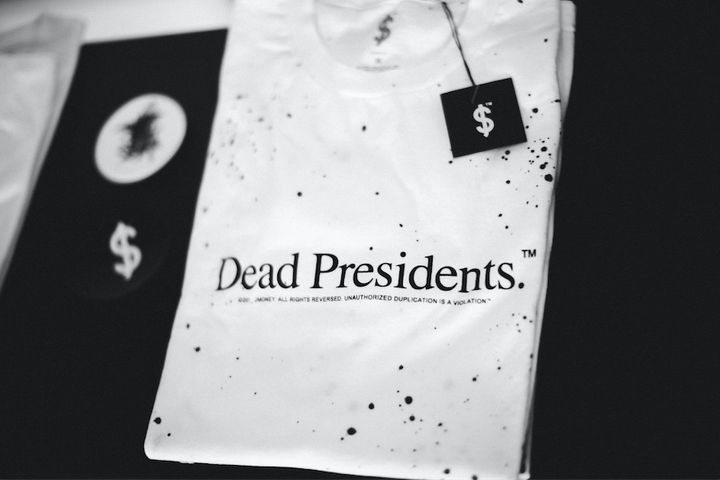
© Kalil Justin
JDD: How do you define street style or street wear?
JS: Today what is defined as street wear is the cultivation and love of youth culture that has grown and developed over decades. Freedom of speech and freedom of design let people make art, stickers, write graffiti, make music, [and pursue other creative endeavors]. All of these things blend into our lives and now there are outlets for people to create from their perspective. It’s great to see all these different worlds and cultures that have similar interests meshing. Fashion, youth culture, art, and design all made sense to us growing up, now it is there as a base so what will come out of this and future generations will be great to see.
JDD: How has New York City changed over the past 20 years?
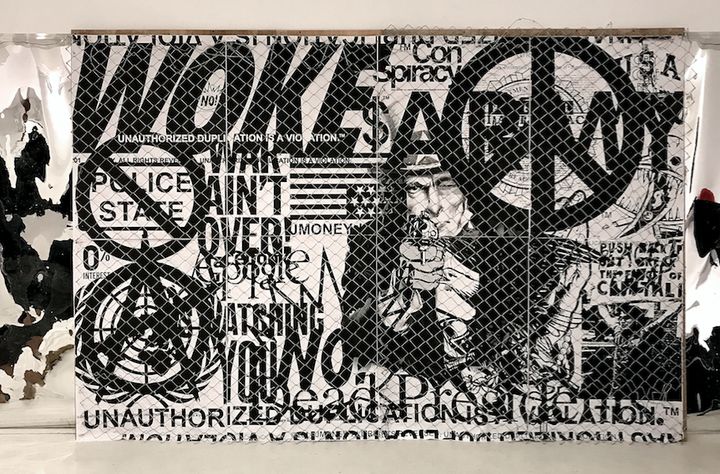
© Kalil Justin
JS: If you are talking about Manhattan and areas of Brooklyn, a lot of neighborhoods are slowly getting washed away; neighborhood business are forced out because the rent is too high. It’s harder and harder to find a bodega.
JDD: You’re now based in Los Angeles. How does New York fashion compare with Los Angeles fashion?
JS: In New York, people tend to be a little more utilitarian because they’re dealing with climate and being self- contained, so you’ll find more jackets and bags. [These were] born out of necessity and have become fashion standards. What you are wearing also is a little more self-describing of an individual’s interests. In Los Angeles, there is more of the distressed, lighter feel. The weather is always moderate, people are mostly driving around, so there is less dependence on accessories. When first visiting Los Angeles in the ’90s, one of the things I really noticed is there was not a large sneaker culture or interest at the time because nobody is walking.
JDD: Where do you find your influences?
JS: Everywhere.
THEPOPUP™ runs from August 1, through 31, 2017, at The Bowery Bond, 352 Bowery
Follow JMONEY on Instagram
This story was originally published on Culture Trip
